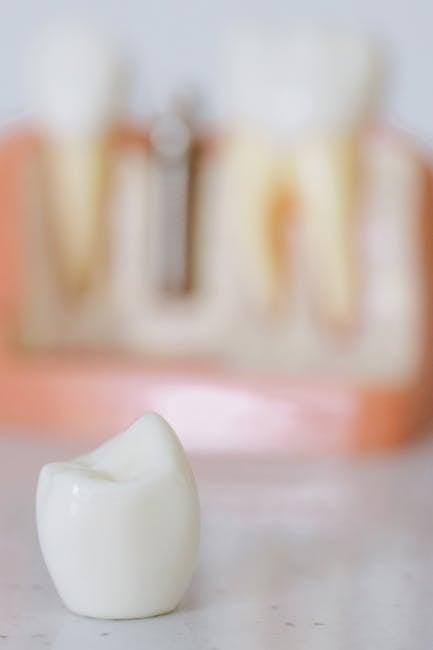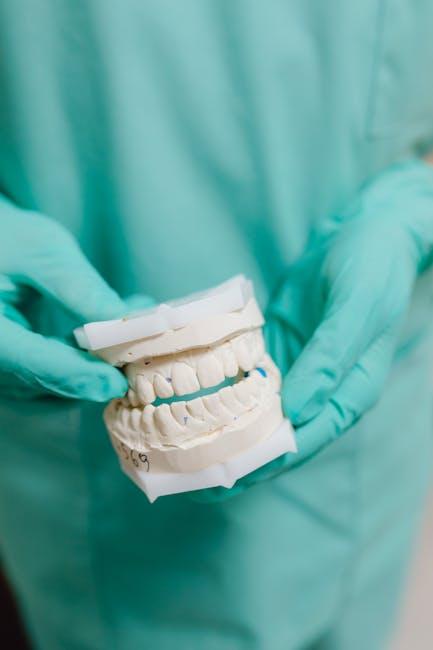
Dental Prosthetics Market to Reach US$ 6,621.5 Mn by 2032 Driven by Aging Population & Aesthetics
The dental prosthetics market is on an upward trajectory, expected to soar to a value of US$ 6,621.5 million by 2032. This remarkable growth is fueled primarily by the global aging population and a growing focus on dental aesthetics. As oral health awareness and technological advancements continue to evolve, more individuals seek effective and aesthetically pleasing tooth replacement solutions like dentures, crowns, bridges, and dental implants.
In this comprehensive article, we’ll delve into the key growth drivers, market trends, benefits of dental prosthetics, and practical insights for patients considering these transformative dental solutions.
Understanding the Dental Prosthetics Market
Dental prosthetics refer to artificial devices used to replace missing teeth and surrounding tissues, restoring function and appearance. This broad category includes:
- Dentures: Removable replacements for missing teeth and gums.
- Dental Crowns & Bridges: Fixed prosthetics to restore damaged or missing teeth.
- Dental Implants: Surgically implanted artificial tooth roots that support crowns or bridges.
- Partial Dentures: Designed for patients missing some but not all teeth.
Market Growth Drivers
Several factors are propelling the growth of the dental prosthetics market at an unprecedented pace:
1. Aging Global Population
According to the World Health Organization, the global population aged 60 years and above is expected to double by 2050. Older adults face higher risks of tooth loss due to decay, gum disease, and general wear, creating increased demand for prosthetic teeth solutions.
2. Rising Demand for Aesthetics
In today’s image-conscious world, aesthetic appeal plays a vital role in choosing dental solutions. Many patients seek prosthetics that not only restore function but also mimic natural teeth in appearance. Dental implants and ceramic crowns are preferred for their realistic look and feel.
3. Technological Advancements
Innovations in materials science, CAD/CAM dentistry, and 3D printing have revolutionized prosthetics manufacturing. Custom-fitted, durable, and biocompatible prosthetics are now more accessible, boosting patient satisfaction.
4. Increased Oral Health Awareness
Public health campaigns and improved healthcare infrastructure have increased awareness around oral hygiene and restorative dental options, encouraging early intervention and prosthetic use.
Key Market Segments
| Segment | Description | Expected Growth (%) |
|---|---|---|
| Dentures | Removable tooth replacements commonly used by elderly patients | 6.7% |
| Dental Implants | Permanent prosthetics offering high durability and aesthetics | 8.5% |
| Dental Crowns & Bridges | Fixed restorations for damaged or missing teeth | 7.4% |
| Partial Dentures | Designed for patients needing partial tooth replacement | 5.9% |
Benefits of Dental Prosthetics
Dental prosthetics offer numerous advantages beyond mere tooth replacement. Here are some of their key benefits:
- Improved Oral Function: Easier chewing and speaking abilities.
- Enhanced Aesthetics: Natural-looking teeth restore confidence and improve smile aesthetics.
- Prevents Jawbone Loss: Especially with implants, dental prosthetics help preserve facial structure.
- Boosts Emotional Well-being: Reduces self-consciousness associated with missing teeth.
- Long-lasting Solutions: Modern prosthetics offer durability with proper care.
Practical Tips for Choosing Dental Prosthetics
Selecting the right dental prosthetic can feel overwhelming. Here are some tips to simplify this important decision:
- Consult a Specialist: Seek personalized advice from a prosthodontist or dental surgeon.
- Consider Your Oral Health: Take into account gum health, bone density, and existing oral conditions.
- Evaluate Lifestyle Needs: Think about your daily habits, budget, and desired esthetic outcomes.
- Check Material Options: Ask about pros and cons of acrylics, ceramics, titanium implants, etc.
- Understand Maintenance: Learn about cleaning routines and potential long-term care.
Case Study: Transforming Lives With Dental Prosthetics
Consider the case of Mrs. Laura M., a 68-year-old retiree who suffered from severe tooth loss and struggled with basic functions like eating and speaking. After receiving full dentures and dental implant-supported crowns, her quality of life drastically improved. She reports:
- Significant boost in confidence and social interactions.
- Resumption of favorite foods without discomfort.
- Compliments on her natural-looking smile.
This case highlights how dental prosthetics can be life-changing, especially for the elderly.
Future Outlook for the Dental Prosthetics Market
The future looks bright for the dental prosthetics market, with innovations poised to further enhance outcomes.
Emerging Trends to Watch
- Digital Impressions & 3D Printing: Faster, more precise prosthetics production.
- Biocompatible Materials: Improved longevity and reduced allergic reactions.
- Integration with Artificial Intelligence: Customized treatment planning and prosthetic design.
- Expanded Access in Developing Markets: Increasing affordability and awareness worldwide.
Conclusion
The dental prosthetics market is set to reach a staggering US$ 6,621.5 million by 2032, driven by a rapidly aging global population and heightened demand for dental aesthetics. With advancements in technology, improved materials, and growing awareness about oral health, more patients are opting for effective and natural-looking tooth replacement options.
Whether you are a dental professional or a patient considering prosthetic solutions, staying informed about market trends and benefits can help facilitate more confident and beneficial decisions. Embracing dental prosthetics today not only restores smiles but also enhances overall well-being and quality of life.


